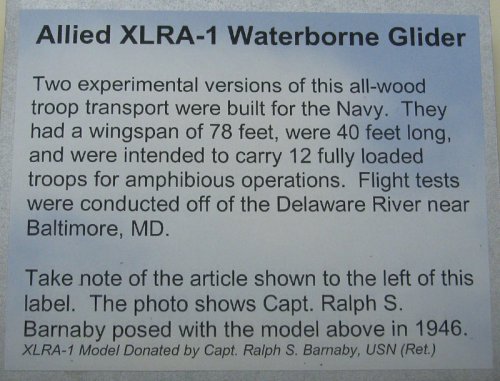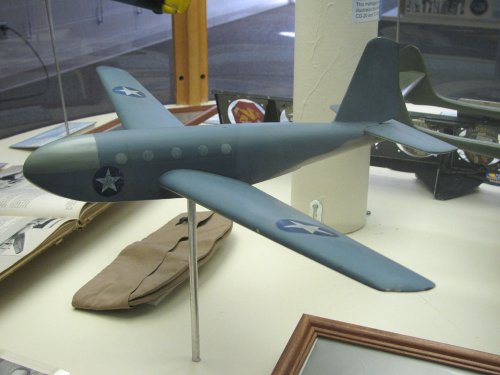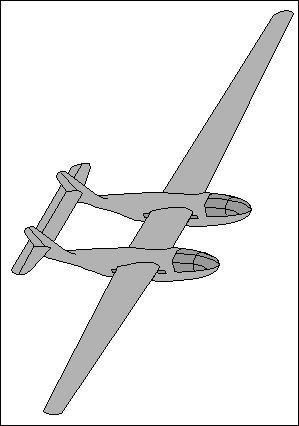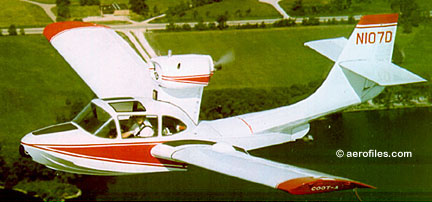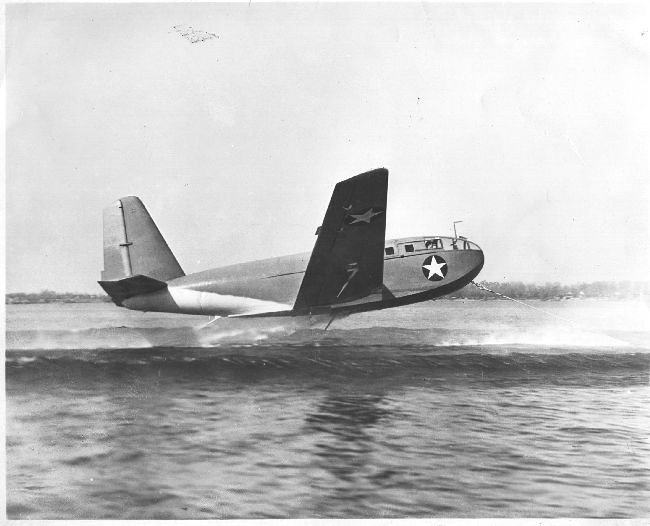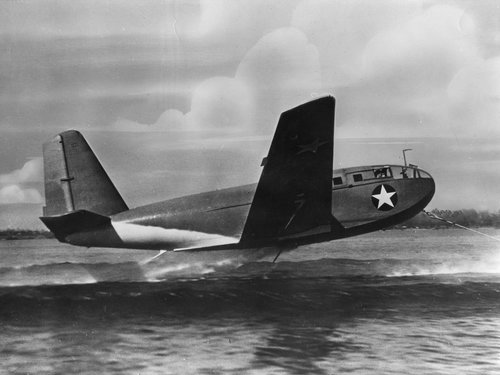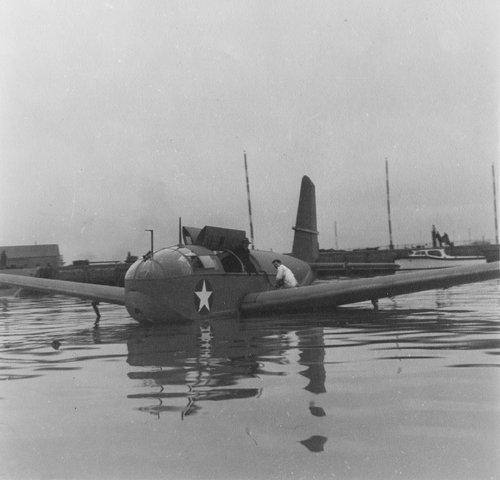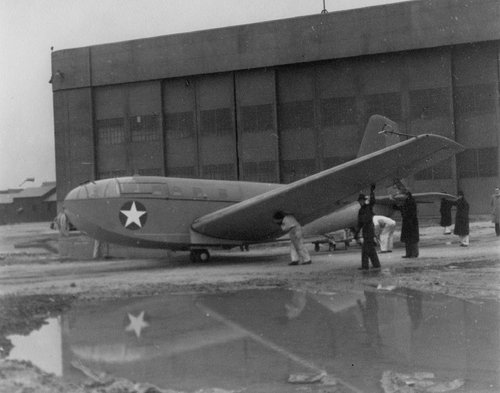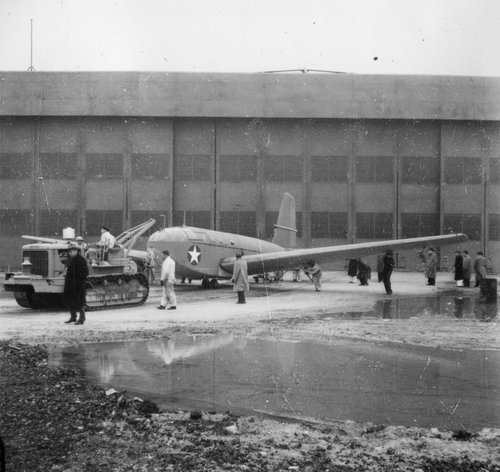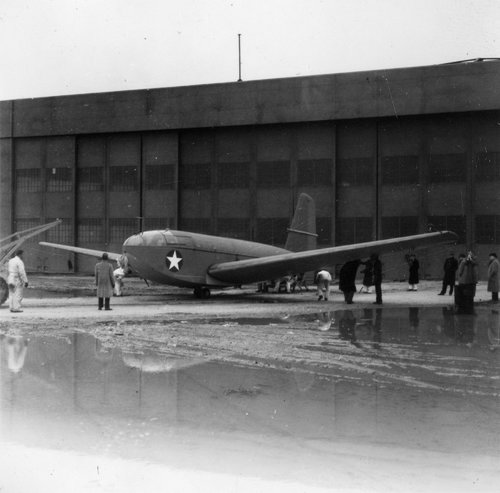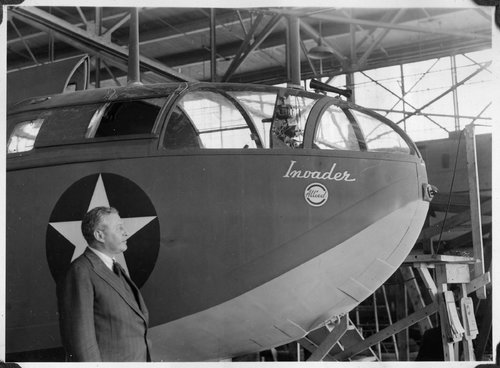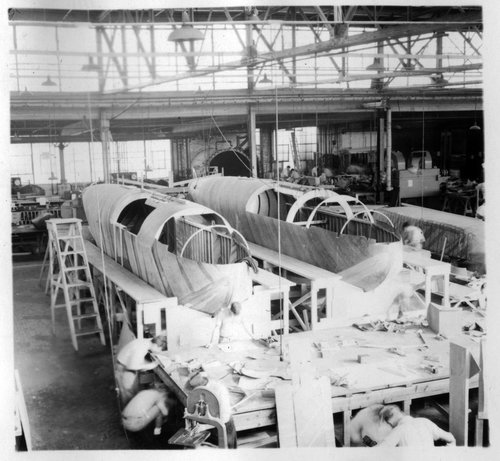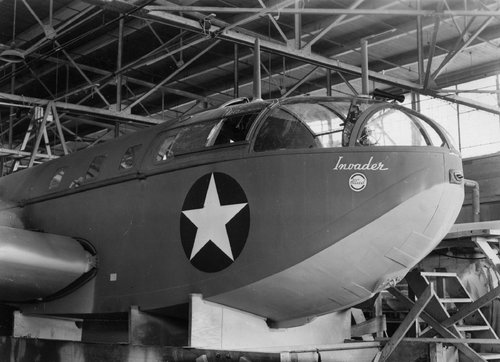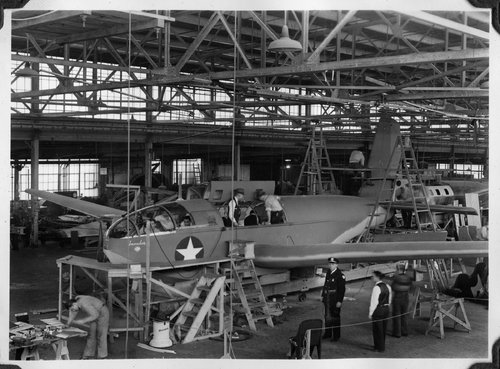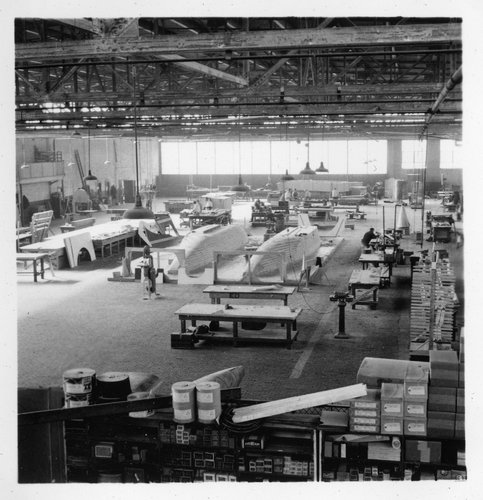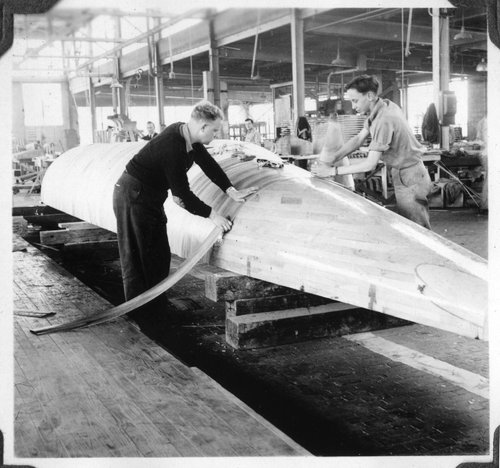- Joined
- 13 June 2007
- Messages
- 2,173
- Reaction score
- 3,095
Greetings All -
One more from the National Soaring Museum to share - the Allied XLRA-1. The basic design came from the Bureau of Aeronautics and was then built, with local modifications, by Allied and Bristol.
The nearly identical design by Bristol called the XLRQ-1 interestingly had a retractable tricycle gear and an outboard motor for limited sea travel (always wondered about that for the waterborne gliders - what do you do if you don't make it to the beach...)
Anyone have this issue which I could get a copy/scan of the XLRQ-1 article:
http://www.aahs-online.org/BackIssues/v48n2.htm
Enjoy the Day! Mark
One more from the National Soaring Museum to share - the Allied XLRA-1. The basic design came from the Bureau of Aeronautics and was then built, with local modifications, by Allied and Bristol.
The nearly identical design by Bristol called the XLRQ-1 interestingly had a retractable tricycle gear and an outboard motor for limited sea travel (always wondered about that for the waterborne gliders - what do you do if you don't make it to the beach...)
Anyone have this issue which I could get a copy/scan of the XLRQ-1 article:
http://www.aahs-online.org/BackIssues/v48n2.htm
Enjoy the Day! Mark

